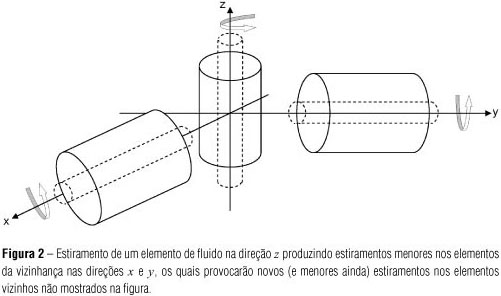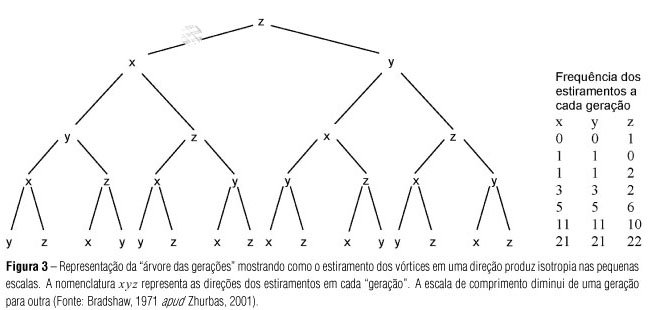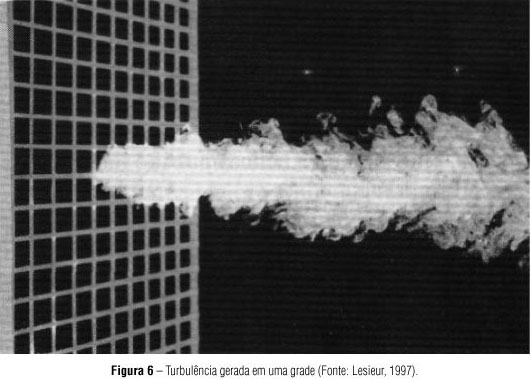The movements are characterized by turbulent fluctuations in instantaneous speed, temperature and other scalars. As a consequence of these fluctuations, the turbulent state in fluid contributes significantly to transport momentum, heat and mass. Turbulence is defined as a state of the flow in which the time dependent variables exhibit irregular fluctuations which are seemingly random such that, in practice, only statistical properties can be recognized and subjected to analysis. The study of transport phenomena is greatly hampered by the presence of these fluctuations. Any simplification in the analysis of the effects of turbulence is extremely advantageous in physical, mathematical and numerical terms. The constant search for such simplifications is one of the main goals in the developing of new models of turbulence. This article aims to review the phenomenon of turbulence and its modeling, focusing on its theoretical foundations and on the main technical approaches used in the modeling of the phenomenon.
turbulence; turbulence modeling; boundary layer; scales of turbulence
















































